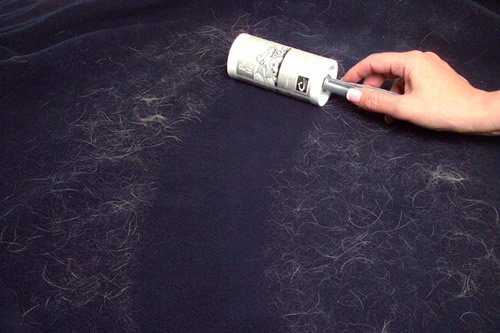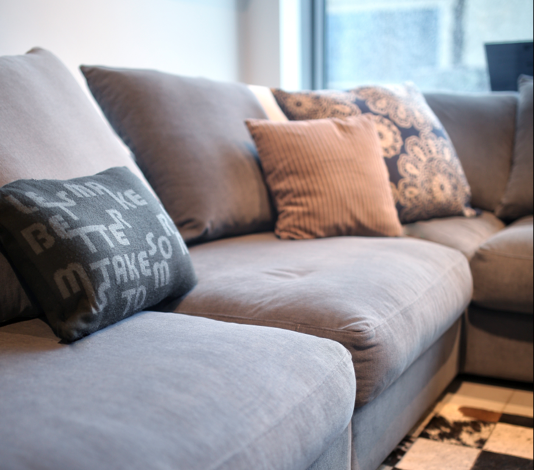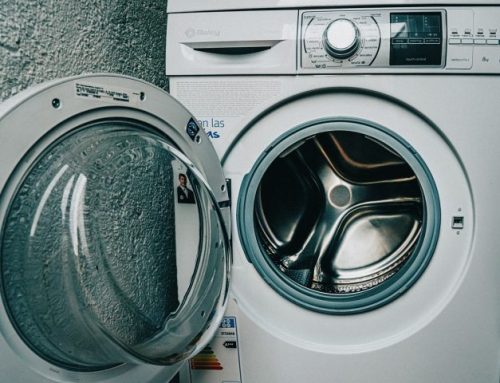
The sofa is the most used piece of furniture in every home inevitably and gets dirty far more often than any other thing. Dirt, dust, and stains (not to mention creatures such as bed bugs and dust mites) are just some of the problems you need to deal with to keep your couch in good condition. Regular cleaning is a must, but using commercial detergents and stain removal products can be threatening your health. Most of them contain ingredients that can be a hazard if you breathe or touch them. This is why we have prepared a short step-by-step guide of DIY green sofa cleaning routine.
Get Rid of the Dust
Although it doesn’t seem dangerous at first sight dust is one of the biggest health threats in your home. Deeply settled in dust and small dirt particles can trigger many respiratory conditions, such as airways irritations, breathe difficulties and even asthma. This is why thorough vacuuming should always be step one of your sofa cleaning routine. Remove all the pillows and blankets covering your couch
Wash Out the Dirt
Once in a while you will need to ‘launder’ the upholstery to refresh the sofa’s look and to remove the dirt that settles into the fabric. DIY washing of your upholstery is not recommended because there is a big risk of damaging and shrinking the upholstery. However there are some little trick you can apply to replace washing. Steam cleaning the surface with mixture of tap water and white vinegar will refresh the surface and kill the bacteria and dust mites into the sofa’s pilling.
Another alternative home treatment is to prepare a solution from warm water and a few drops of non-toxic fabric detergent. (You can also check our suggestions for homemade soapnut cleaners here, or just replace the detergent with laundry soap.) Take a clean sponge and dip it in the solution. Squeeze it until it goes slightly damp and carefully start wiping the sofa. This will help refreshing and deodorizing the fabric. If you have doubts that the upholstery is moisture sensitive better turn to professionals to do it. Dealing with old, stubborn stains on the sofa is another thing you might want to leave to a home cleaning company.
Let the Fabric Dry
Last but not least – make sure your sofa is completely dry. This last step is very important if you want to prevent fast re-soiling of the upholstery and will complete the whole cleaning procedure. Also, proper drying is a must if you want to avoid the risk of mold appearance and deteriorating your furniture. There are two ways to deal with this. During a warm season you can leave the windows wide open for a few hours. Depending on the upholstery type this can take 2-4 hours if it’s warm outside. If the weather is humid or cold you can turn up the heating or the air conditioner in the room to speed up the drying process.
Update: Check how to clean different types of upholstered furniture in this article.







